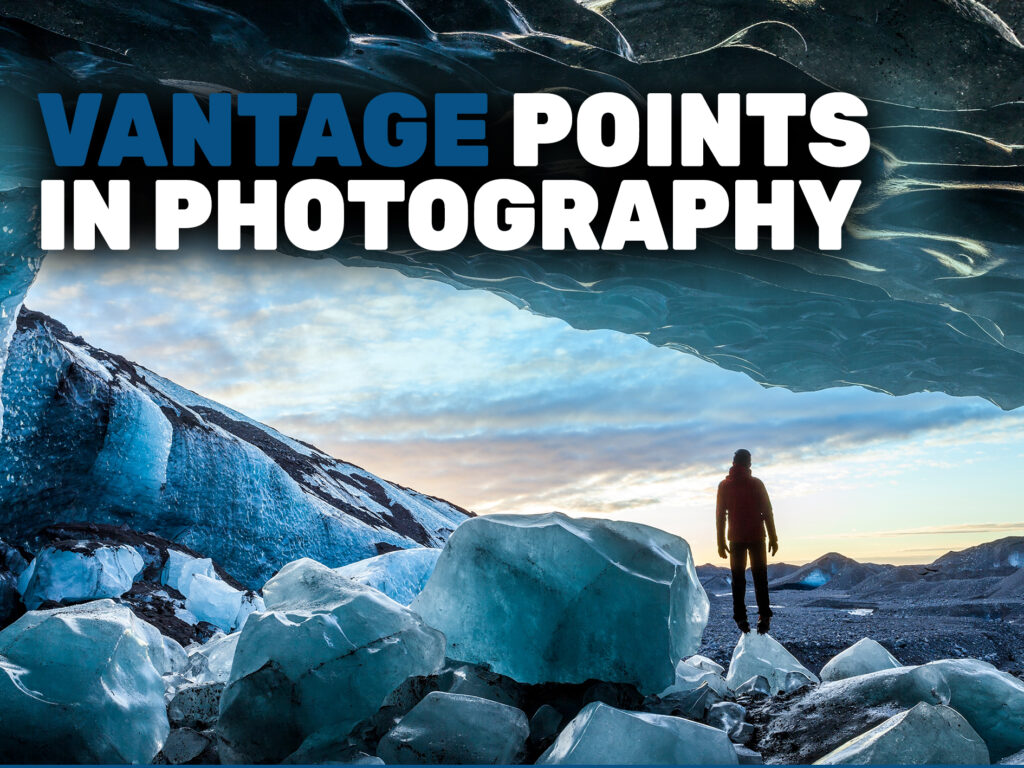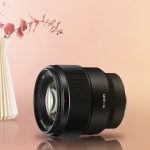
Vantage points can have a big impact on the ultimate outcome of a photograph. They have a significant impact on the composition and overall vibe of an image.
In this post, we will look at vantage point points in photography, what they are, different sorts of vantage points, and how to use them effectively in your photography.
We’ll also provide you some ideas and examples to assist you learn how to make the most of this strategy. Whether you’re a seasoned pro or just starting out, this book will help you take your photography to the next level by utilizing various vantage positions.
What Are Vantage Points: The Basics
In photography, vantage point refers to where the photographer stands when shooting a photograph. It is the location or position from which an image is shot. It can have a significant impact on how the finished image appears.
For example, if you photograph a structure from the ground, it will appear considerably different than if you photograph it from the top of a hill. Understanding vantage point position might assist you in taking more intriguing and dynamic photographs.
To use vantage points in photography, consider photographing your subject from various heights, angles, and distances.
Experimenting with various vantage poinr will help you locate the one that best represents your subject and delivers the message you want to tell with your shot.
Types Of Vantage Points In Photography

High Angle Vantage Point
This can be used to shoot a cityscape or landscape from above, providing the viewer a bird’s eye view of the area and emphasizing its vastness.
Low Angle Vantage Point
Photographing an object/someone from a low angle maked it appear larger and more dominant in the frame. This approach is frequently employed for photographing animals, buildings, or other items that are taller than the photographer.
Eye-Level Vantage Point
This is the most common photographiv vantage point point, and it is taken at the same height as the subject. It can be used to photograph people, animals, or objects in order to provide the viewer with a sense of immersion in the scenario.
Worm’s-Eye Vantage Point
This technique can be used to photograph a subject from below, providing the viewer with a unique vantage point and makingh the subject appear larger and more powerful. This approach is frequently employed when photographing large buildings, bridgesd, or other subjects that are taller than the photographer.
Perspective Vantage Point
You can create a sense of depth and distance in your shot by positioning yourself in a certain area and employing leading lines, such as highways or building, to guide the viewer’s eye across the subject. This can be used to convey movement or to demonstrate the magnitue of a scene.
How To Use A High-Angle Vantage Point

Find a place with a clear perspective of the scene you wish to capture, such as a hill, rooftop, or tall skyscraper. Aside from that, a wide angle lens is required to catch as much of the picture as possible. This will help to highlight the immensity of the landscape or metropolis. (You can also check out some great wide angle lenses for Sony A7 III)
It’s also critical to consider how the camera’s angle impacts the vantage point of the scene. Objects in the foreghround appear smaller and less prominent, whereas objects in the background appear larger and more dominant. To acquire the desired depth of field and motion blur, experiment with different shutter speeds and aperture settings.
If you’re a serious photographer, you’re probably aware that employing the rule of thirds to compose your shot is a good idea.
This will aid in balancing the scenes aspects and guiding the viewer’s eye across the photograph. Shooting from high angles with people might result in distorted and disproportionate images, unless that is the desired intent.
Finally, a high angle vantage point can add drama and grandeur to a scene or event, as well as highlight the scale of a location or event.
Using A Low Angle Vantage Point
When employing a low angle vantage point, you must perform the opposite of what you would do when using a highj angle vantage point. It’s critical to get as near to the subject as possible, ideally at ground level or slightly lower. The topic will appear larger and more dominant in the frame as a result.
What Is The Most Commonly Used Vantage Point In Photography?
- Portrait Photography: When photographing a portrait, the photographer usually stands at the subject’s eye level to create a sense of intimacy and connection.
- Street Photography: Eye-level vantage point positions are frequently employed in street photography to capture genuine images of people in their natural surroundings.
- Architecture Photography: When photographing a building or structure, the photographer typically positions themselves at eye-level to capture the details of the architecture.
- Nature Photography: When photographing animals or other wildlife, the photographet usually stands at eye level to catch the animals in their natural habitat.
- Product Photography: When photographing an object, the photographer usually stands at eye level to catch the object’s intricacies.
- Documentary Photography: When photographing an event or circumstance, the photographer usually places themself at eye level to capture the action as it unfolds.
- Landscape Photography: When photographing landscapes, the photographer might employ an eye-level vantage point to create immersion in the subject and make the spectator feel as though they are there in person.
Final Thoughts
Overall, as you can see, vantage points are crucial in photography. Whether you do it unconsciously or you already know about vantage points, they are needed if you want to take a picture that will be remembered.
As we reach the end of this article, I hope you were able to understand what vantage points are and what makes them important in photography. Either way, keep in mind that you have to use the right vantage point angle to get a good picture in the category/field of photography you’re involved in.

Wedding Photographer
From nature to urban landscapes, my camera is my tool for expressing my creativity and telling stories through my lens.



